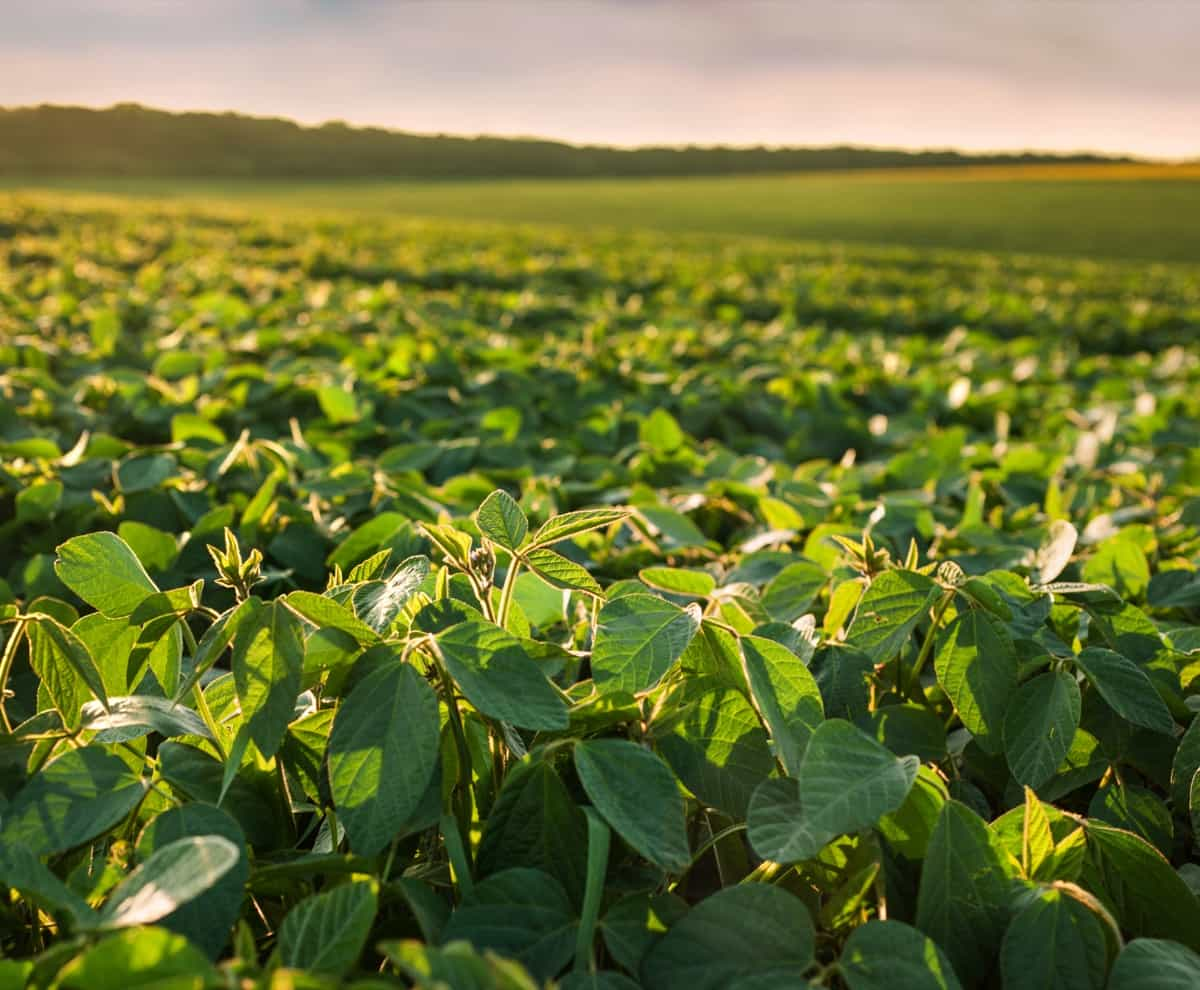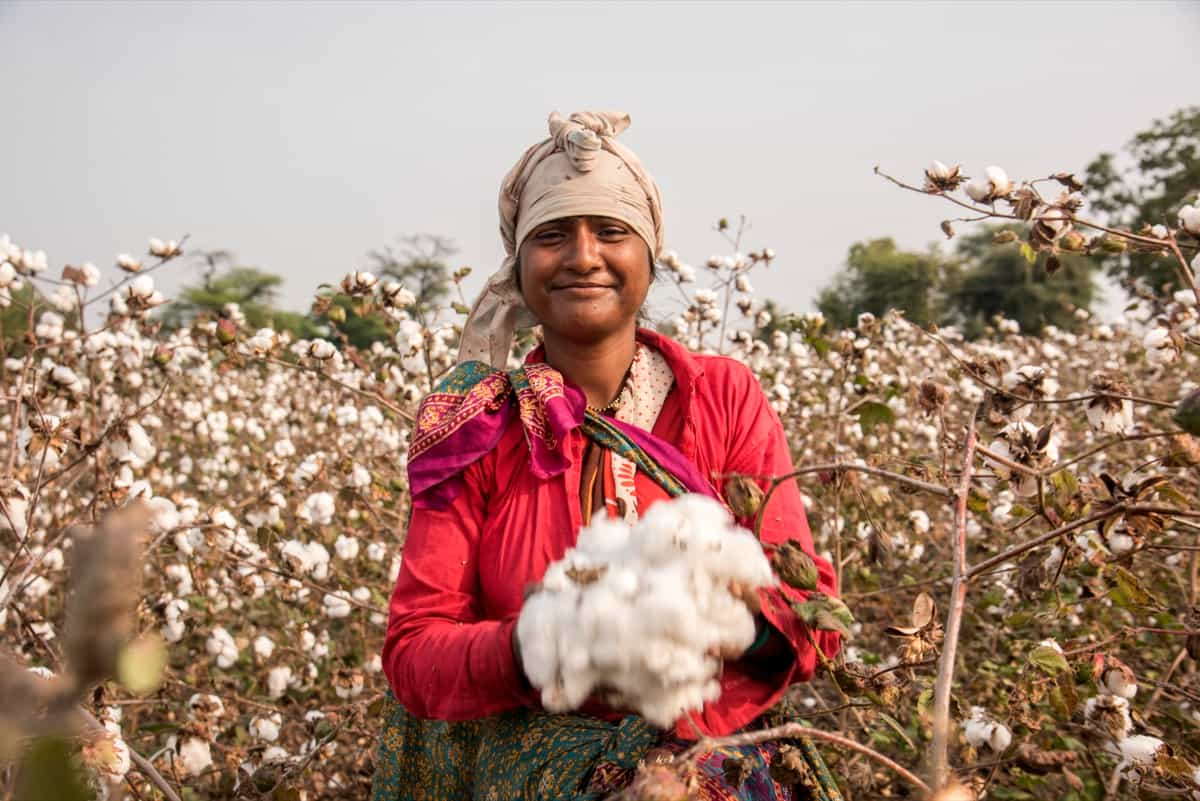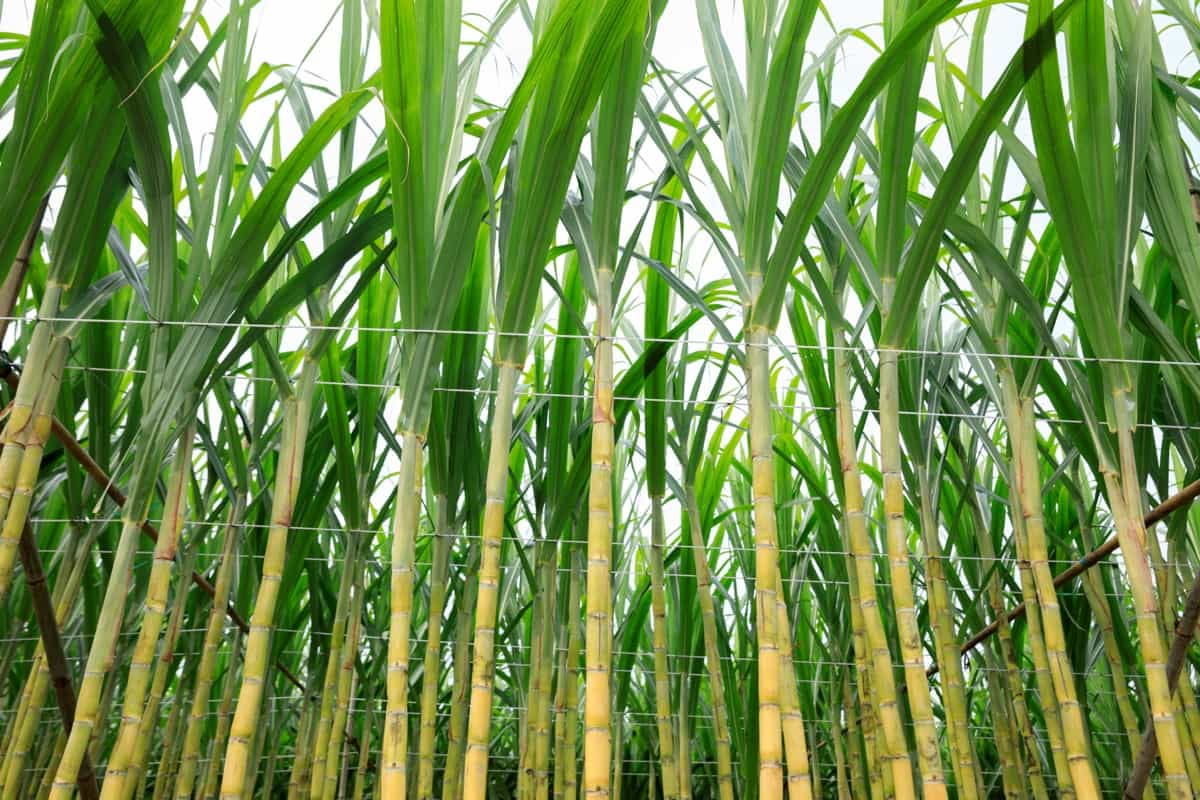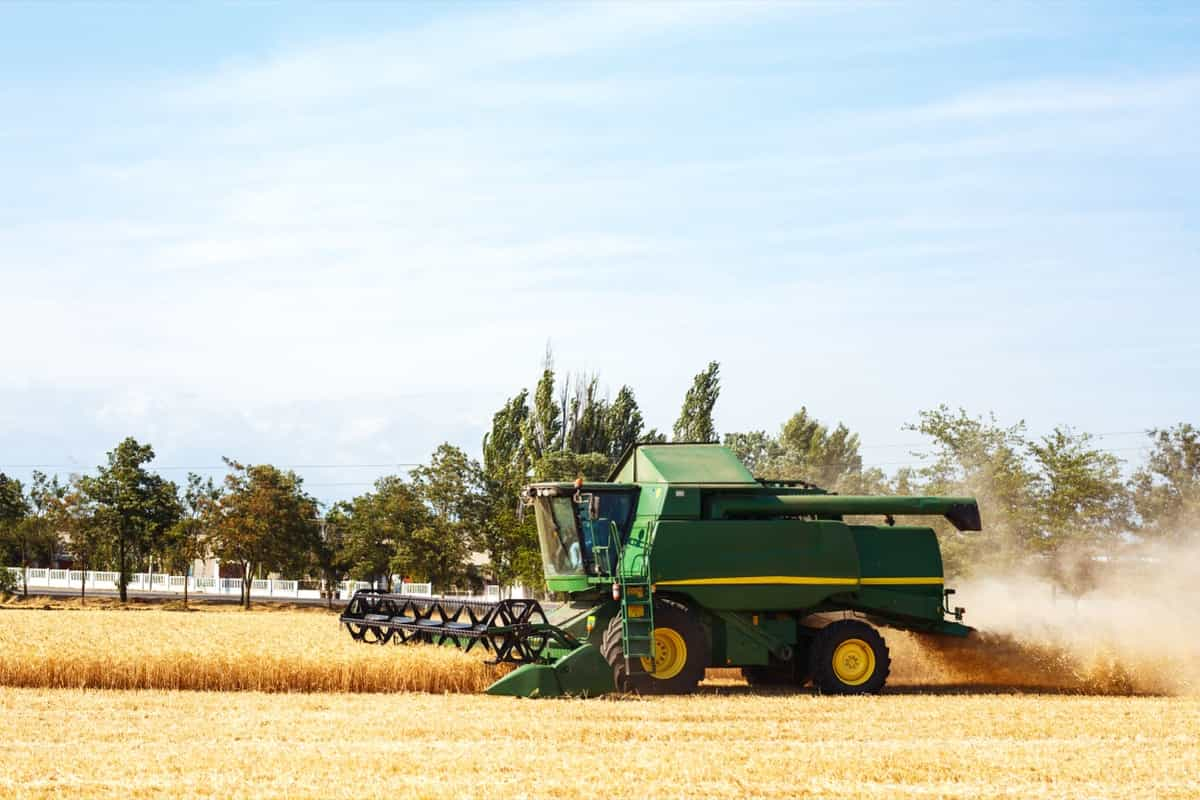In India, the income generated by farmers from cultivating one acre varies significantly across states. This disparity reflects the diverse agricultural practices, crop choices, and regional economic conditions. By delving into state-wise data, we uncover intriguing patterns and insights about farm income per acre. This exploration not only highlights the economic aspects of Indian agriculture but also sheds light on the challenges and opportunities faced by farmers in different regions.

Factors Affecting Average Farm Income Per Acre in India
The choice of crop, input costs, market prices, the state of the weather, the availability of irrigation systems, and governmental policies are just few variables that affect the average farm income per acre in India. Some of these factors are discussed below:
Crop choice is influenced by various factors such as agro-climatic conditions, soil type, water availability, pest and disease incidence, and other regional factors. Horticultural crops, like fruits and vegetables, have higher returns but also higher input costs and perishability. Input costs, such as seeds, fertilizers, pesticides, labor, and machinery, vary depending on the type and quality of inputs used and the bargaining power of farmers. Higher input costs reduce farmers’ net income.
Market prices of agricultural commodities depend on demand and supply factors, competition, intermediaries, and produce quality. Higher prices increase farmers’ income but also expose them to price fluctuations and market risks. Weather conditions, like rainfall, temperature, and humidity, affect crop growth and yield. Extreme weather events can cause crop losses, while climate change can alter weather patterns.
In case you missed it: Cost of Farming Per Acre in India: Calculator for State-wise Cultivation Input Cost Per Acre

Irrigation facilities, such as canals, wells, tube wells, sprinklers, and drip systems, provide water to crops during dry periods. Still, they also entail costs like installation, maintenance, electricity, and water charges. Overuse lead to problems like waterlogging, salinity, and groundwater depletion.
Government policies, such as minimum support prices (MSPs), procurement operations, subsidies, crop insurance schemes, and loan waivers, affect farmers’ income and welfare. However, these policies have limitations such as inadequate coverage, implementation gaps, fiscal constraints, and distortionary effects.
Comparison of Average Farm Income Per Acre in Different Indian States
| State | Average Farm Income per Acre (Rs) |
| Punjab | 1.02 lakh |
| Haryana | 0.88 lakh |
| Kerala | 0.86 lakh |
| Tamil Nadu | 0.77 lakh |
| Andhra Pradesh | 0.75 lakh |
| Gujarat | 0.74 lakh |
| Karnataka | 0.71 lakh |
| Maharashtra | 0.69 lakh |
| Telangana | 0.68 lakh |
| West Bengal | 0.66 lakh |
| Bihar | 0.65 lakh |
| Uttar Pradesh | 0.64 lakh |
| Madhya Pradesh | 0.63 lakh |
| Rajasthan | 0.62 lakh |
| Odisha | 0.61 lakh |
| Assam | 0.59 lakh |
| Jharkhand | 0.58 lakh |
| Chhattisgarh | 0.57 lakh |
Trends in Average Farm Income Per Acre in India
According to the Economic Survey 2021-22, the average monthly income per agricultural household in India was Rs 10,218 in 2019, up from Rs 6,426 in 2014. This implies an annual income of Rs 1.23 lakh per household, or Rs 0.61 lakh per acre, assuming an average holding size of 0.512 hectares (1.26 acre).
However, this income varies widely across states, crops, and seasons. Some farmers are able to earn as much as Rs 8-10 lakh per acre in a year by adopting high-value crops and innovative practices. The trend of average farm income per acre in India has been positive in the last few years, driven by higher crop production, better prices, and diversification of income sources.
In case you missed it: Whitefly Management in Cotton Crop: Symptoms, Control, and Best Insecticides for Cotton

Government Policies Impacting Average Farm Income
- The Pradhan Mantri Fasal Bima Yojana give insurance for crops to farmers against natural calamities, pests, and diseases.
- The Pradhan Mantri Kisan Samman Nidhi (PM-KISAN) provides direct income support Rs 6,000 per year to small and marginal farmers.
- The Minimum Support Price (MSP) guarantees a minimum price for certain crops to protect farmers from market fluctuations.
- The Pradhan Mantri Krishi Sinchayee Yojana (PMKSY) aims to enhance irrigation coverage and water use efficiency.
- The Soil Health Card Scheme provides soil testing and nutrient management advice to farmers.
- The National Agriculture Market (e-NAM) facilitates online trading of agricultural commodities across states.
- The Agriculture Infrastructure Fund (AIF) provides loans for creating post-harvest infrastructure such as cold storage, warehouses, processing units, etc.
Challenges Faced by Farmers in Increasing Average Farm Income
- Small and fragmented land holdings limit the economies of scale and scope for mechanization and diversification.
- Low adoption of improved seeds, fertilizers, pesticides, and irrigation technologies, which affect the yield and quality of crops.
- High input costs and low output prices squeeze the margins and profitability of farming.
- Lack of access to credit, insurance, markets, and extension services, which hinder the adoption of new technologies and practices.
- Climate change, environmental degradation increase the risks and uncertainties of farming.
- Social and institutional barriers, such as caste, gender, and land tenure issues, affect farmers’ access to resources and opportunities.
Innovative Agricultural Practices for Boosting Average Farm Income
Indian farmers have been innovating and experimenting with various agricultural practices to boost their average farm income per acre. Some of the examples are:
- Intercropping growing two or more crops together on the same land to increase the productivity and diversity of income sources.
- Zero budget natural farming (ZBNF) involves using natural inputs such as cow dung, cow urine, jaggery, etc., to reduce the dependence on external inputs and improve soil health.
- Precision farming involves using sensors, drones, satellites, etc., to monitor crop growth and apply inputs at optimal levels and timings.
- Hydroponics, which involves growing plants in water without soil, saves space and water and increases yield and quality.
- Vertical farming growing plants in stacked layers indoors or outdoors to utilize vertical space and reduce land use.
These practices have shown promising results in increasing the average farm income per acre for some farmers who have adopted them. However, they also face some challenges, such as high initial investment, technical know-how, market linkages, etc., which need to be addressed for wider adoption.
In case you missed it: High-Yielding Sugarcane Varieties in India: Hybrid Cultivars for Increases Profits

Role of Technology in Enhancing Average Farm Income
- Improve crop productivity and quality by providing improved seeds, fertilizers, pesticides, etc., that are suited to local conditions and preferences.
- Reduce input costs and wastage by enabling efficient use of water, energy, labor, etc., and minimizing post-harvest losses.
- Increase market access and price discovery by connecting farmers to buyers, traders, processors, etc., through online platforms, mobile apps, SMS, etc.
- Enhance information and knowledge sharing by providing timely and relevant advice on weather, crop management, best practices, etc., through radio, TV, internet, etc.
- Empower farmers by providing them with data, tools, services that enable informed decisions, participate in value chains.
Technology can also create new opportunities for farmers to different income sources by engaging in activities such as agro-tourism, agro-processing, renewable energy, etc. Technology can thus be a game-changer for increasing the average farm income per acre for Indian farmers.
Sustainability and Average Farm Income Per Acre in India
Sustainability is an important aspect of increasing the average farm income per acre in India. Sustainability means ensuring that the current generation of farmers can meet their needs without compromising the ability of future generations to meet theirs. Sustainability involves balancing the economic, environmental, and social dimensions of farming.
- Enhance the long-term viability and resilience of farming by maintaining and improving the natural resources, such as soil, water, biodiversity, etc., that support agriculture.
- Reduce the impacts of farming in environment, human health by the use of harmful chemicals, greenhouse gas emissions, water pollution, etc.
- Improve the well-being and livelihoods of farmers and rural communities by ensuring fair prices, decent incomes, social security, gender equality, etc.
Market Dynamics and Average Farm Income Per Acre
Market dynamics refer to the forces that influence the demand, supply of agricultural products and services. Market dynamics affect the average farm income per acre by determining the prices and profitability of farming.
- Consumer preferences and behavior affect the demand for different types of products, such as cereals, fruits, vegetables, dairy, meat, etc., based on factors such as taste, nutrition, health, convenience, etc.
- Competition and trade policies affect the supply and availability of products from domestic and foreign sources based on factors such as production costs, quality standards, tariffs, subsidies, etc.
- Infrastructure and logistics, which affect the movement and storage of products from farm to fork, based on factors such as roads, railways, ports, cold chains, warehouses, etc.
- Technology and innovation affect the production and processing of products by introducing new varieties, methods, equipment, etc., that improve yield, quality, shelf-life, etc.
Crop Diversification and its Impact on Average Farm Income
Crop diversification refers to growing a variety of crops on the same piece of land or in rotation over time. Crop diversification can have a positive impact on the average farm income per acre by
- Increasing the productivity and profitability of farming by exploiting the synergies and complementarities among different crops.
- Reducing the risk and uncertainty of farming by spreading the income over different crops that have different seasons, markets, and prices.
- Improving the soil health and fertility by enhancing the organic matter content, Nutrient cycling, and biological activity.
- Controlling the pests and diseases by breaking their life cycles and reducing their host range.
- Meeting the diverse needs, preferences of consumers by providing products that cater to different tastes, nutrition, health, etc.
In case you missed it: High-Yielding Wheat Varieties in India: Hybrid Cultivars for Increased Profits

Crop diversification can also have some challenges, such as higher input costs, technical skills, market linkages, etc., which need to be overcome for successful implementation. Crop diversification can thus be an effective strategy for increasing the average farm income per acre.
Organic Farming and its Influence on Average Farm Income
Organic farming refers to a system of agriculture that relies on natural inputs and processes rather than synthetic ones. Organic farming can influence the average farm income per acre by
- Reducing the input costs of farming by using locally available resources such as cow dung, compost, bio-fertilizers, etc., rather than purchasing expensive chemicals.
- Increasing the output prices of farming by tapping into the growing demand for organic products that command a premium in domestic and international markets.
- Enhancing the quality and safety of farming by avoiding the use of harmful chemicals that contaminate the soil, water, food, and health.
- Preserving the environment and biodiversity of farming by maintaining
- the ecological balance and harmony among different organisms.
Government Subsidies and Grants for Improving Average Farm Income
India’s government offers various subsidies and grants to farmers to enhance their income and livelihood. These include subsidies for fertilizers, irrigation, equipment, seeds, power, credit, and insurance. Farm subsidies make up about 2% of India’s GDP, with the total subsidy to farmers accounting for 21% of their farm income. Major schemes include the Rashtriya Krishi Vikas Yojana (RKVY), which provides 100% subsidies depending on the project, aiming to enhance productivity, sustainability, and farmer welfare.
The National Food Security Mission aims to boost rice, wheat, and pulse production by expanding cultivation areas, restoring soil fertility, and improving farmers’ economic conditions. The Sub-Mission on Agricultural Mechanization (SMAM) extends farm mechanization benefits to small and marginal farmers, especially in regions with limited power availability.
The Pradhan Mantri Kisan Samman Nidhi (PM-KISAN) provides minimum income support of Rs 6,000 per year to around 14.5 crore farmers. The Pradhan Mantri Fasal Bima Yojana crop insurance against natural calamities, pests, and diseases, covering all crops with a uniform premium rate. These schemes aim to reduce risks and uncertainties faced by farmers, increasing their income stability and profitability.
Climate Change and Average Farm Income in India
Climate change poses a major threat to India’s agriculture sector, impacting crop yields, water availability, pest infestation, soil quality, and crop diversity. Indian Council of Agricultural Research estimates that climate change could reduce India’s agricultural income by 15-18% on average, up to 20-25% in unirrigated areas. Climate change impacts include rising temperatures, which can reduce crop growth duration, increase water demand, induce heat stress, and affect pollination and grain filling.
Erratic rainfall patterns can cause droughts, floods, soil erosion, waterlogging, and salinity, while extreme weather events like cyclones, hailstorms, thunderstorms, and frost can damage crops and infrastructure. Pest and disease outbreaks can also increase due to higher temperatures and humidity. To cope with climate change, farmers should adopt climate-resilient practices such as diversifying crops and cropping systems, adopting improved varieties, and conserving water and soil through practices like rainwater harvesting, micro-irrigation, mulching, and contour bunding.
Future Projections for Average Farm Income Per Acre in India
India, one of the world’s largest agricultural producers, has a significant potential for growth in the sector. The average farm income per acre in India was Rs 77,124 in 2019, but this varies across regions, crops, and farm sizes. The government aims for doubling farmers’ income by 2022-23 through various schemes and initiatives. The Indian agriculture market is projected to grow at a CAGR of 4.9% between 2024 and 2032, reaching a value of USD 703.30 billion by 2032.
In case you missed it: Sunflower Weed Management: How to Control with Organic, Cultural, IPM, and Biological Practices

Factors driving this growth include rising population, increasing disposable income, changing consumption patterns, technological advancements, and policy support. Emerging trends in the sector include Agriculture 4.0, which uses digital technologies like IoT, AI, big data, drones, and blockchain, horticulture, and bio-agriculture. However, the future of Indian agriculture faces challenges such as climate change, water scarcity, land degradation, pests and diseases, and market volatility.
Conclusion
Farm income per acre in India varies significantly across states and crops. The average net income per hectare is Rs. 85,000 for all crops, but regional and crop-specific differences affect farmers’ livelihoods. Some states, like Punjab, Haryana, and Kerala, have higher incomes than the national average, while others, like Bihar, Uttar Pradesh, and West Bengal, have lower incomes. Some crops, like sugarcane, cotton, and fruits, yield higher returns than others. Policy interventions should consider these factors to improve farmers’ income.
- Types of Pesticides Used in Agriculture: A Beginner’s Guide
- Economical Aquaculture: A Guide to Low-Budget Fish Farming
- 15 Common Planting Errors That Can Doom Your Fruit Trees
- How to Make Houseplants Bushy: Effective Tips and Ideas
- Innovative Strategies for Boosting Coconut Pollination and Yield
- Pollination Strategies for Maximum Pumpkin Yield
- The Complete Guide to Chicken Fattening: Strategies for Maximum Growth
- Natural Solutions for Tulip Problems: 100% Effective Remedies for Leaf and Bulb-Related Issues
- Revolutionizing Citrus Preservation: Towards a Healthier, Greener Future
- Natural Solutions for Peony Leaf and Flower Problems: 100% Effective Remedies
- Maximizing Profits with Avocado Contract Farming in India: A Comprehensive Guide
- Natural Solutions for Hydrangea Problems: 100% Effective Remedies for Leaf and Flowers
- The Ultimate Guide to Choosing the Perfect Foliage Friend: Bringing Life Indoors
- From Sunlight to Sustainability: 15 Ways to Use Solar Technology in Agriculture
- The Ultimate Guide to Dong Tao Chicken: Exploring from History to Raising
- The Eco-Friendly Makeover: How to Convert Your Unused Swimming Pool into a Fish Pond
- Mastering the Art of Delaware Chicken Farming: Essentials for Healthy Backyard Flocks
- 20 Best Homemade Fertilizers for Money Plant: DIY Recipes and Application Methods
- How to Craft a Comprehensive Free-Range Chicken Farming Business Plan
- Brighten Your Flock: Raising Easter Egger Chickens for Beauty and Bounty
- How to Optimize Your Poultry Egg Farm Business Plan with These Strategies
- Subsidy for Spirulina Cultivation: How Indian Government Schemes Encouraging Spirulina Farmers
- Ultimate Guide to Raising Dominique Chickens: Breeding, Feeding, Egg-Production, and Care
- Mastering the Art of Raising Jersey Giant Chickens: Care, Feeding, and More
- Ultimate Guide to Raising Legbar Chickens: Breeding, Farming Practices, Diet, Egg-Production
- How to Raise Welsummer Chickens: A Comprehensive Guide for Beginners
- How to Protect Indoor Plants in Winter: A Comprehensive Guide
- Ultimate Guide to Grow Bag Gardening: Tips, Tricks, and Planting Ideas for Urban Gardeners
- Guide to Lotus Cultivation: How to Propagate, Plant, Grow, Care, Cost, and Profit
- Agriculture Drone Subsidy Scheme: Government Kisan Subsidy, License, and How to Apply Online
- Ultimate Guide to Raising Araucana Chickens: Breed Profile, Farming Economics, Diet, and Care
- Bringing Hydroponics to Classroom: Importance, Benefits of Learning for School Students
- Ultimate Guide to Raising Polish Chickens: Breed Profile, Farming Economics, Diet, and Care
- Ultimate Guide to Raising Australorp Chickens: Profile, Farming Economics, Egg Production, Diet, and Care
- Silkie Chicken Farming: Raising Practices, Varieties, Egg Production, Diet, and Care
- Sussex Chicken Farming: Raising Practices, Varieties, Egg Production, Diet and Care